No killer asteroid expected in the next 1,000 years, but small ones may pose a risk: Study
According to a recent study, the probability of an asteroid larger than 1 kilometre colliding with Earth within the next millennium is quite low, but the same does not apply to smaller ones.
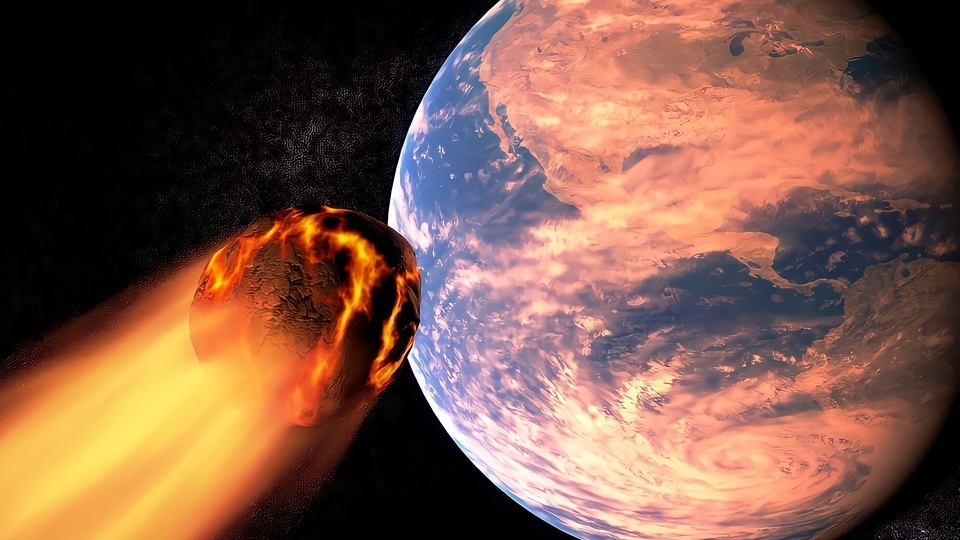
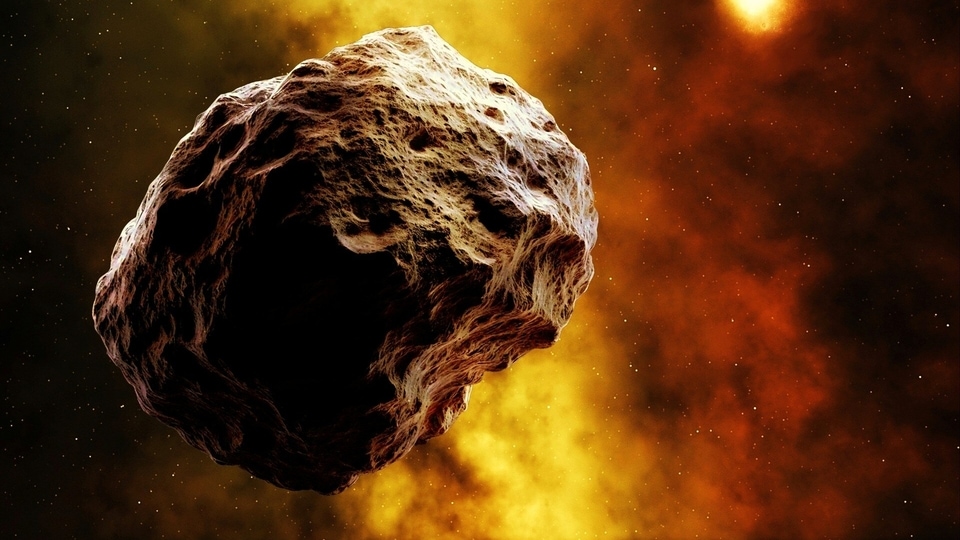
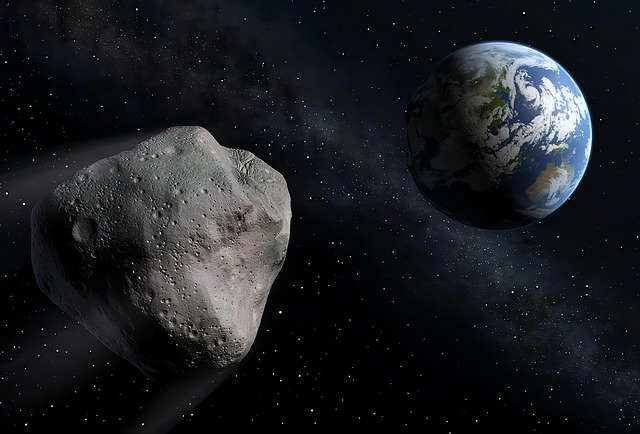
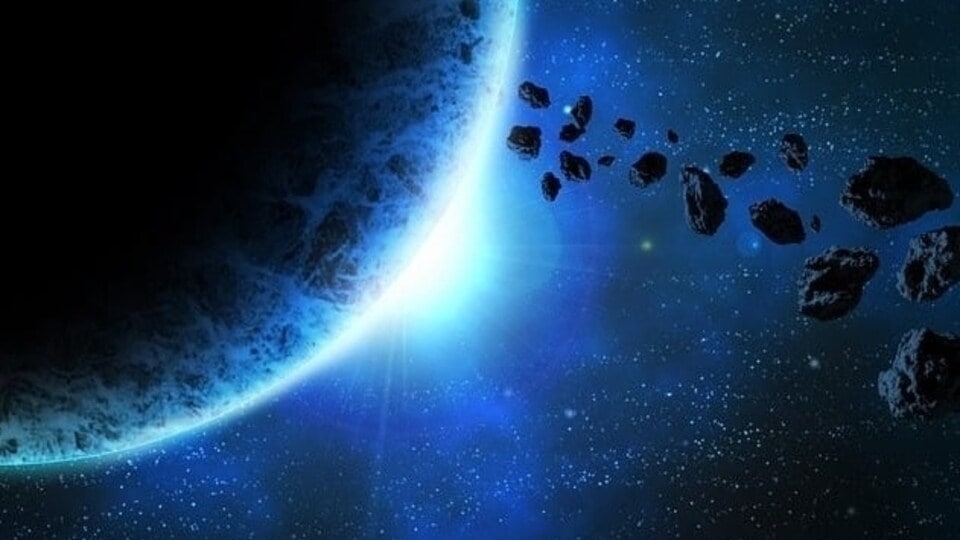
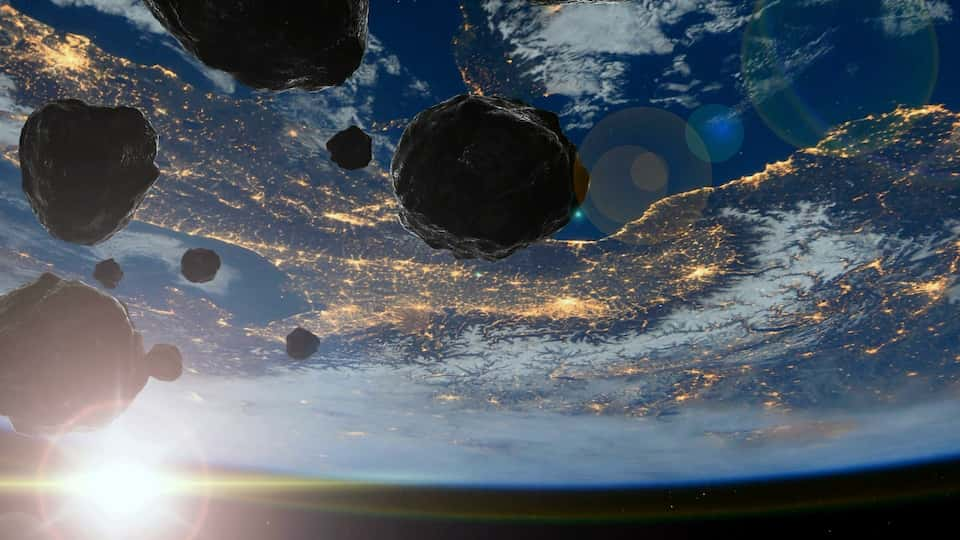
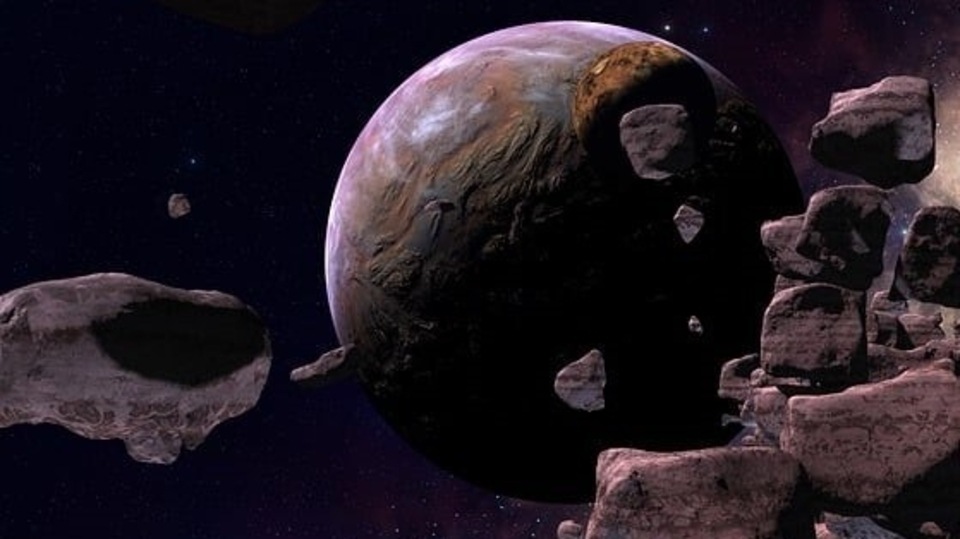

 View all Images
View all ImagesIf you have been tracking the comings and goings of asteroids and comets regularly, then here is some news that may be of particular interest. The chances of an asteroid larger than a kilometre colliding with Earth within the next 1,000 years are low. However, there remains a potential risk from smaller asteroids, according to a recent study.
Researchers from the University of Colorado, Boulder, and NASA have conducted a study of nearly 1,000 near-Earth objects (NEOs) larger than one kilometre. Unlike previous analyses that focused on a century's worth of data, this study looked ahead an entire millennium.
Planet-killer asteroids
Dr. Davide Farnocchia of NASA's Center for Near Earth Object Studies explained that the likelihood of asteroid impacts causing significant damage to Earth is extremely low. However, as a precautionary measure, researchers sought to evaluate the risk over a longer timeframe by implementing a less computationally intensive approach.
With approximately 3,000 new NEOs discovered annually through survey telescopes, continuous monitoring and trajectory prediction are crucial due to small uncertainties in their orbits and the gravitational influence of nearby planets.
Lead author Oscar Fuentes-Munoz of the University of Colorado, Boulder, shared the positive findings of the study, stating that, to their knowledge, there are no potential impacts within the next 1,000 years.
The study, soon to be published in the Astronomical Journal, also identified an asteroid with the highest risk of collision. Named 1994 PC1, this kilometre-wide stony asteroid was found to have a 0.000151% chance of passing within the orbit of the Moon, posing ten times the risk of any other asteroid studied. Despite this, Fuentes-Munoz emphasised that the chances of a collision are still unlikely. Nonetheless, it presents a valuable scientific opportunity due to its size and proximity.
City-killer asteroids
It should be noted that the study did not evaluate smaller asteroids capable of causing city-level destruction, specifically those larger than 140 metres. Fuentes-Munoz explained that NASA's catalogue of such NEOs is currently about 40% complete, leaving uncertainties about their numbers. However, there is hope that new sky surveys will enhance the extensiveness rate.
In a successful demonstration last year, NASA had tested its planetary defence system, the Double Asteroid Redirection Test (Dart), by altering an asteroid's trajectory through a rocket impact.
Key Takeaway
The study's comprehensive analysis provides reassurance that there are no significant asteroid threats expected in the next 1,000 years. However, continued vigilance and improvement of survey methods are necessary to better understand and mitigate potential risks.
Catch all the Latest Tech News, Mobile News, Laptop News, Gaming news, Wearables News , How To News, also keep up with us on Whatsapp channel,Twitter, Facebook, Google News, and Instagram. For our latest videos, subscribe to our YouTube channel.
































